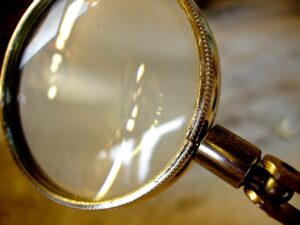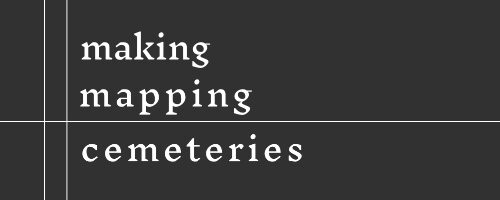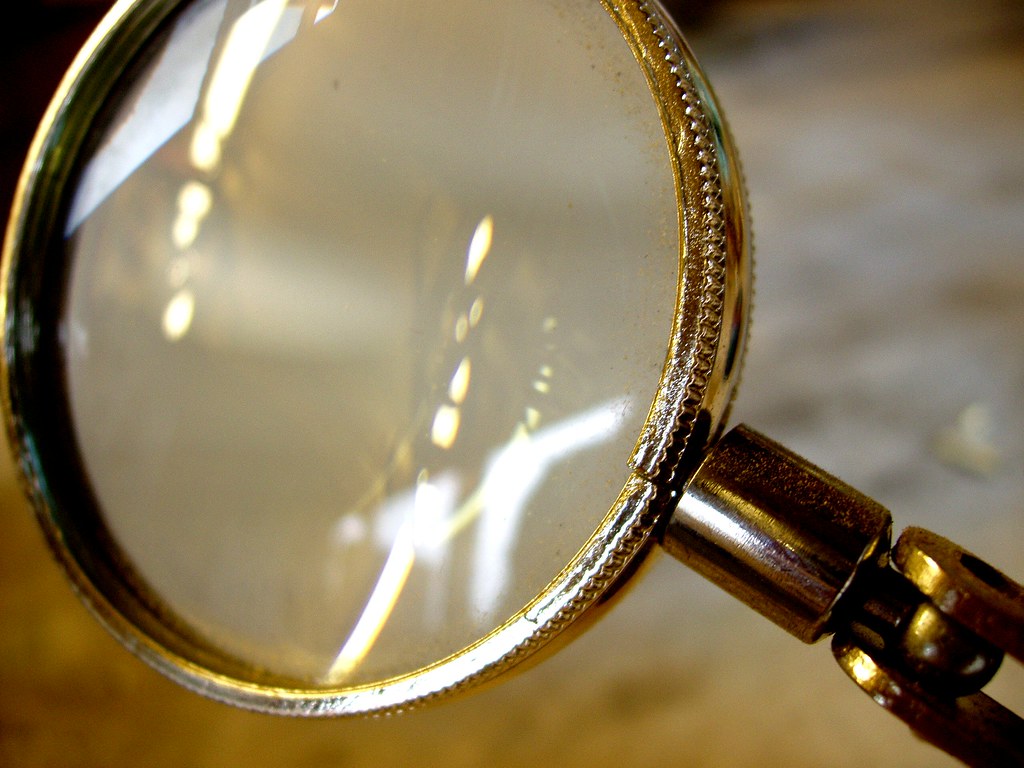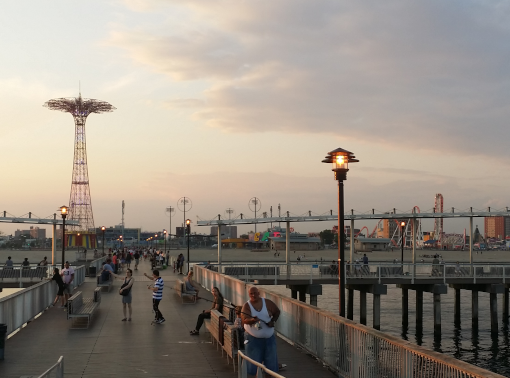This is the first week I think I’ve felt more excited than overwhelmed by the project. I made time to get lost in research, and I learned so many fascinating (read: horrible) things.
After class last week, I decided to poke around the New York Public Library’s digital archives and see what kind of public domain images they have that I could use of City Hall, City Hall Park, and the First Almshouse. And there are many, so that was very reassuring. I found images of Bridewell Prison, which seems to have a pretty brutal reputation. And I also found this image of a public execution (it is not public domain and I would not to replicate an image of an execution on our site even if it were), which was tagged as “Conspiracy of 1741.” So I had to dig further (see here and here). In short, after a string of fires, the wealthy elite and government were afraid of a slave uprising, the ties between the slave community and the multiracial working class community, and also anyone with Spanish and/or Catholic ties as England was at war with Spain. As a result, there were mass executions (both hangings and burnings) and exiles (with many Black people sold into slavery in the Caribbean and white “conspirators” exiled from the colony).
All in all, my research is leading me toward an understanding of the space that is now City Hall and City Hall Park (and was previously the Commons) as a place imbued with a whole lot of death. The seat of power built upon a space so preoccupied with punishing bodies; this inheritance seems more than symbolic.
For the horizontal timeline aspect of our project, which will help put our cemetery and memorial locations into the context of the wider history of the city, I focused my research on different outbreaks–yellow fever, cholera, typhoid, polio, smallpox, influenza, AIDS. Of particular interest, I learned more about “Typhoid Mary.” I realize I knew of her, but knew nothing really about her: a young immigrant woman who worked in the kitchens of several wealthy families on Long Island, with the unfortunate ability to carry typhoid and infect people without ever getting sick herself. She was by no means the first person to do this, nor the worst asymptomatic “offender.” But given her status in comparison with those who she inadvertently infected, she was branded a pariah and forced to spend the last 20+ years of her life in isolation on North Brother Island. And I found similarities to the person wrongly accused of being “patient zero” in the AIDS crisis, and I dare say there are parallels with the upswing in anti-Asian hate crimes being committed now during COVID. Illness being treated as the moral failure of certain individuals.
I really was excited this week, though typing all of this up in my blog post is getting me down. We shall see where my research leads me this week.

[This entry was originally posted to DHUM 70002 Digital Humanities: Methods and Practices (Spring 2021) in Personal Blogs and tagged mapping cemeteries, Personal Blog on March 16, 2021 by Brianna Caszatt.]








